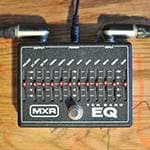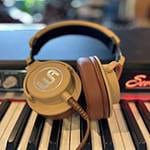Hello!
This is Mieno, the bassist from the Hammond organ instrumental band Banana Needle.
Today, I want to talk about an essential item for all bassists—the case!
Whether you’re using it for transport or for storage at home, the case is super important.
There are different types of cases depending on how you use them.
Broadly speaking, I think cases can be divided into three types: hard cases, gig bags without side cushions, and gig bags with side cushions.
Whether the case has side cushions or not affects whether it can stand upright when the instrument is not inside.
Personally, I prefer gig bags with side cushions because I don’t like it when the bag collapses in the studio.
And let’s face it, ‘gig bag’ is a cool name, right?
When I was young, I was told it’s a bag for going to gigs.
It used to be common to carry it over one shoulder, but once backpack-style bags became popular, I’ve been using this.
MONO / M80 Single Electric Bass
Everyone knows MONO.
I think I’ve used mine for about 10 years.
It’s still usable, but it’s starting to wear out, so I’ve been considering replacing it for about three years (yes, that long).
Ibanez / Powerpad Ultra Gigbag IBB724-BK
Gibraltar / Deluxe Electric Bass Gig Bag
Access Bags and Cases / Stage Three Electric Bass
I was torn between getting another MONO or one of the four options above,
and in the end, I went with Gibraltar!
Since Gibraltar is known for making drum cases and parts, I figured it must be durable. Plus, it looks stylish and has large pockets!
There weren’t any photos of the interior padding on the product page, so you might find the pictures I took useful as a reference.
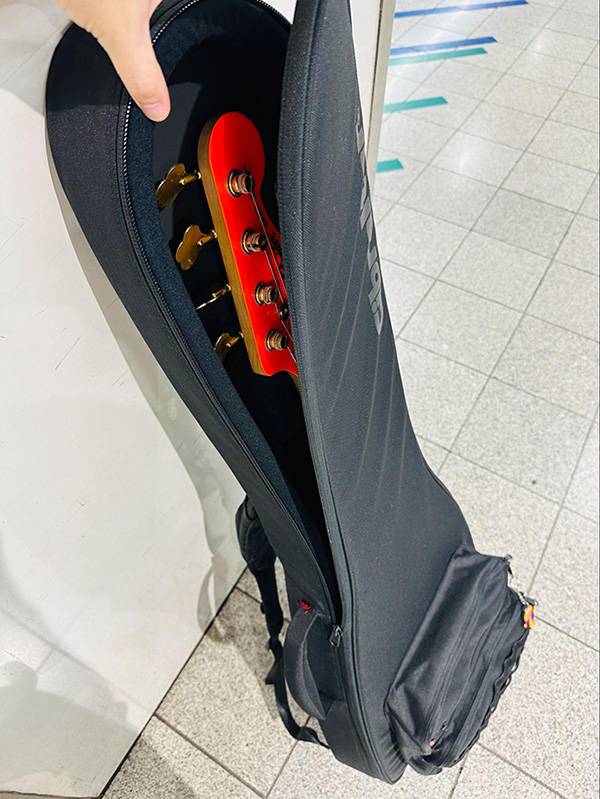
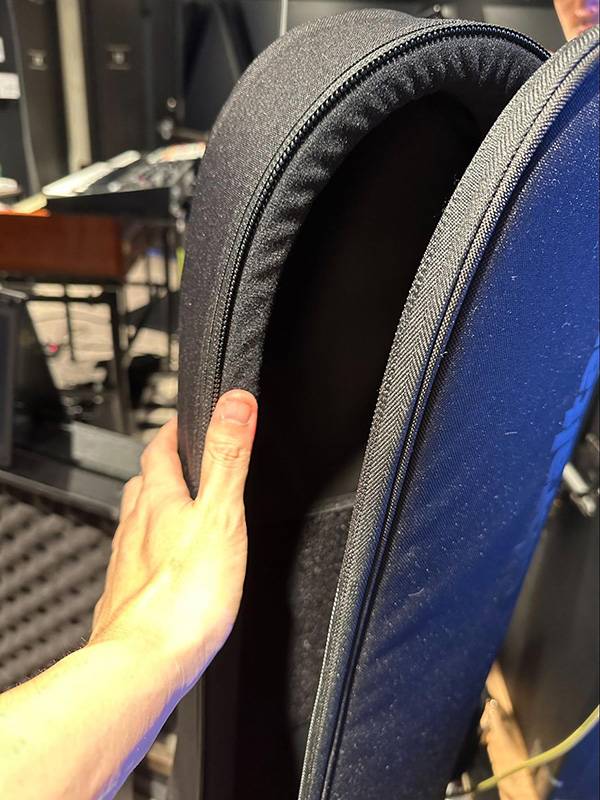
The padding is thicker than my thumbnail, and it’s sturdy on the sides as well—more than enough for regular use!
Even a 5-string Jazz Bass fits perfectly inside.
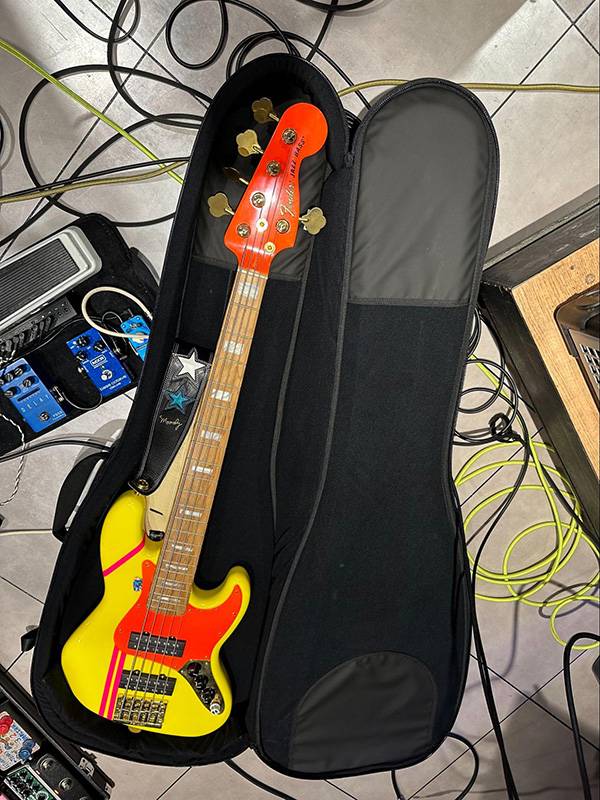
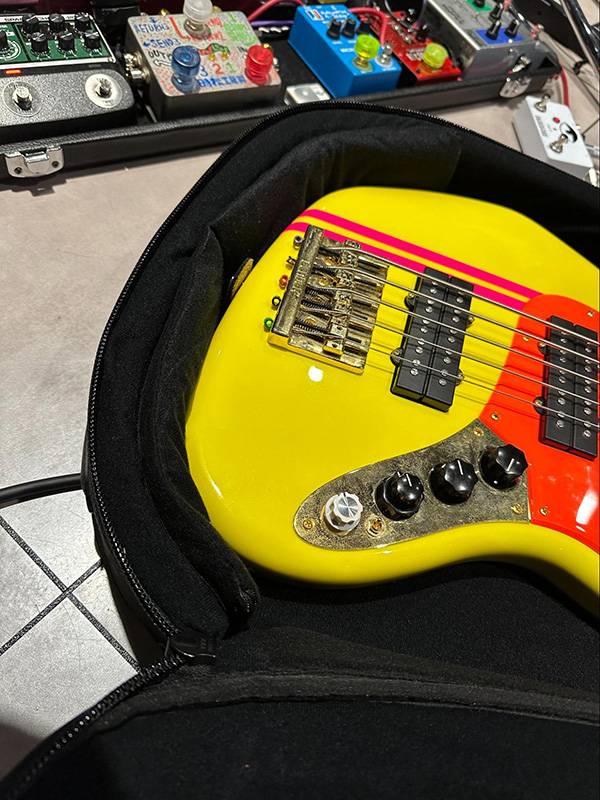
The pockets are made of thin nylon, so sometimes the zipper is a bit tricky to close. But because the material is thin, the pockets are super spacious!
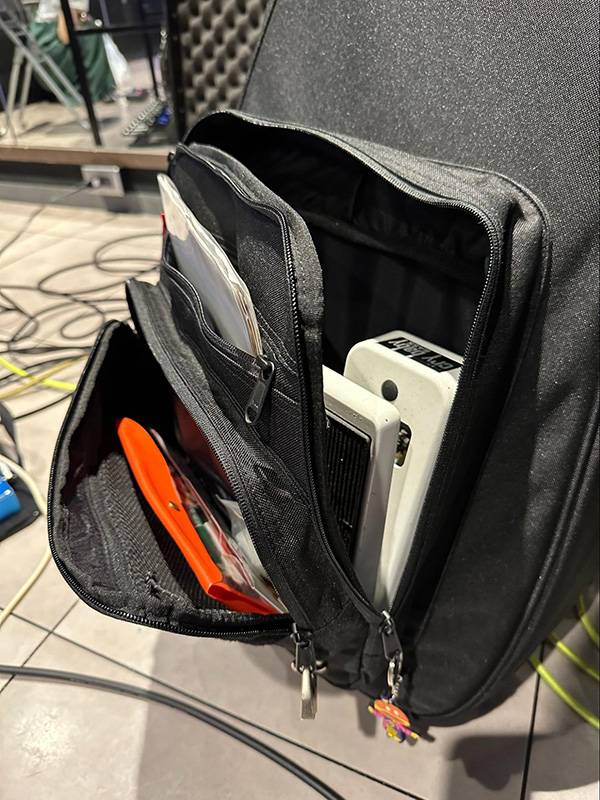
Lately, I’ve noticed many cases have small, flat pockets, but I personally prefer large ones.
You can fit a shirt for your gig outfit and cables, with plenty of room to spare!
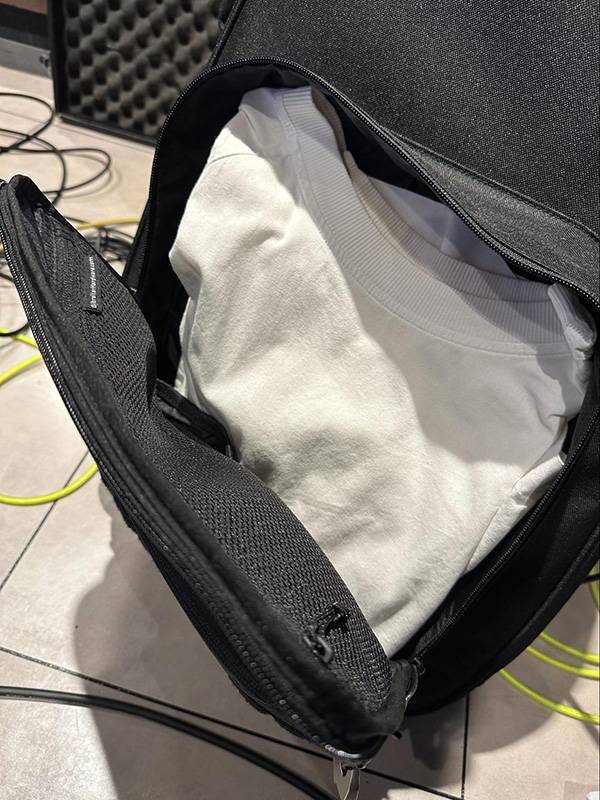
It’s like a high schooler’s backpack in terms of capacity (probably).
For those who want to walk around hands-free, this case offers a perfect size.
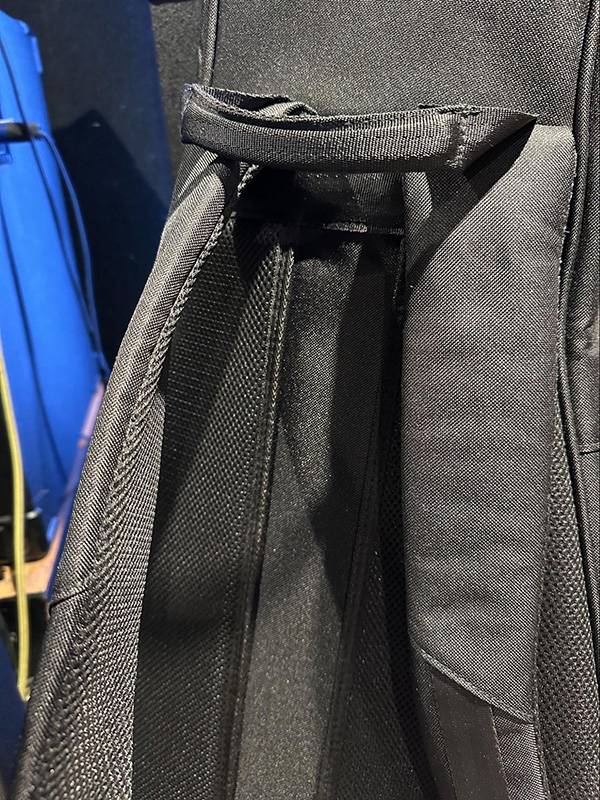
Shoulder Area
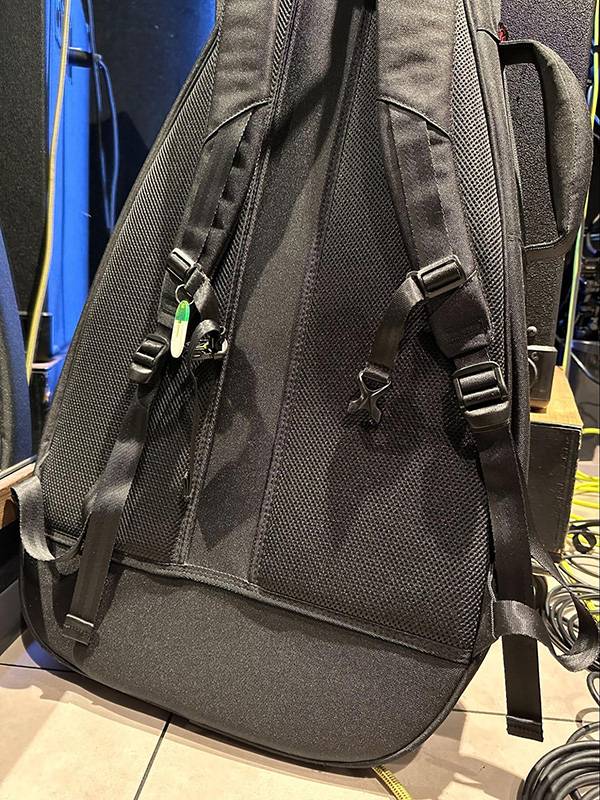
Shoulder Straps
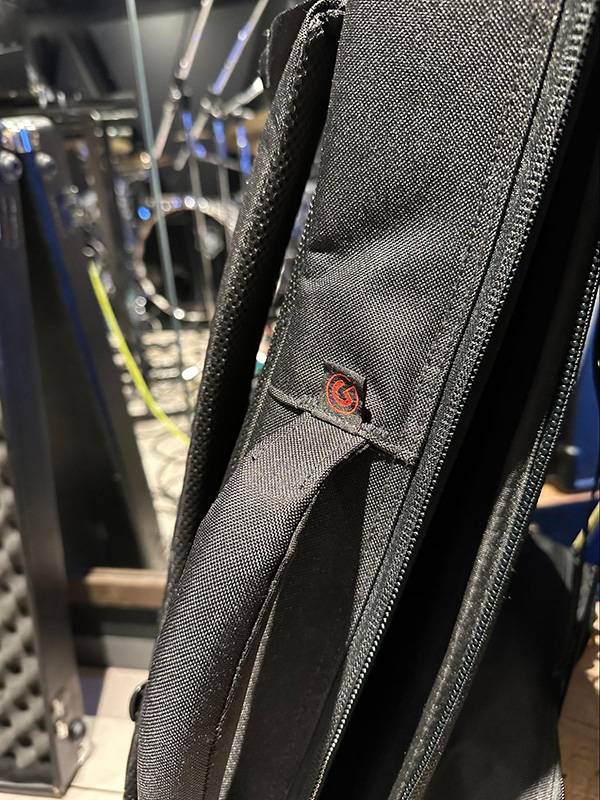
Handle
I bought this case in June and have been using it for a few months now. This is a hit!
It makes me happy to recommend such a great product.
So let me say it loud and clear
—highly recommended!
While I’m at it, let me also introduce a few other types of cases.
Hard cases are generally made of wood.
They tend to be heavy, so carrying them by hand can be tough, but I often use them when transporting by car or checking in luggage.
Even if you don’t use a hard case for transport, many people use them for storage.
I also feel more comfortable storing wooden instruments in wooden cases.
It’s just a personal impression, but I feel like wood breathes, allowing for some humidity control.
Another great thing about hard cases is that when you open the lid to take a picture of your instrument, it looks about 30% cooler!
Most hard cases are designed to fit the instrument perfectly, so make sure to choose the right one for your bass, whether it’s a Precision, Jazz Bass, or something else.
Fender / Precision Bass Multi-Fit Hardshell Cases Tweed
Fender / Classic Series Wood Case Precision Bass/Jazz Bass Tweed
I like the Tweed style.
Next up is gig bags without side cushions.
Since these cases are cushion-free, they are super lightweight and easy to handle.
I use them when I’m traveling with multiple basses by train.
It’s also nice that they come in colors other than black!
PLAYTECH / EB-Bag Blue Bass Gig Bag
Leather bag is also cool!
So that was my case-shopping adventure! I hope this helps you in your own purchase decisions.
Until next time!
The “sound & person” column is made up of contributions from you.
For details about contributing, click here.





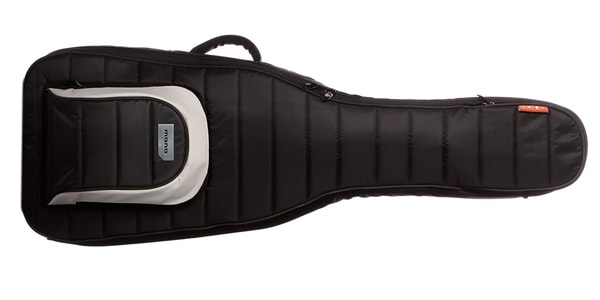
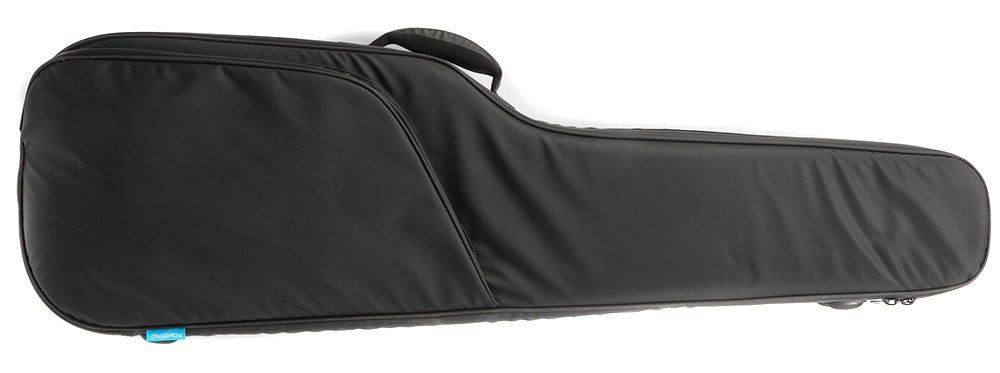
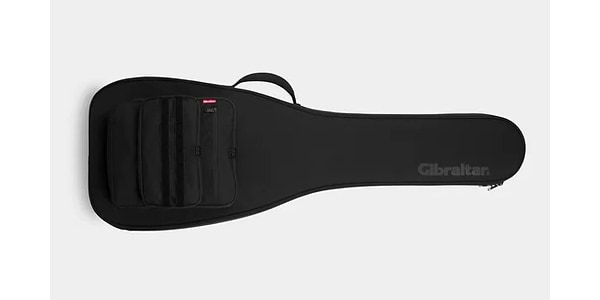
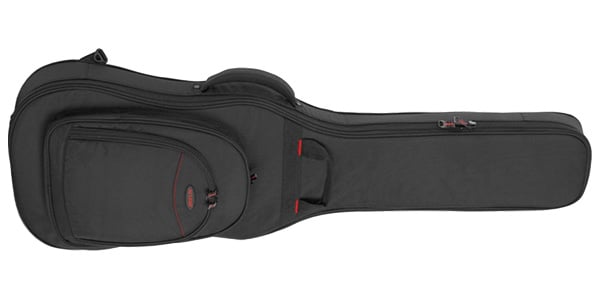
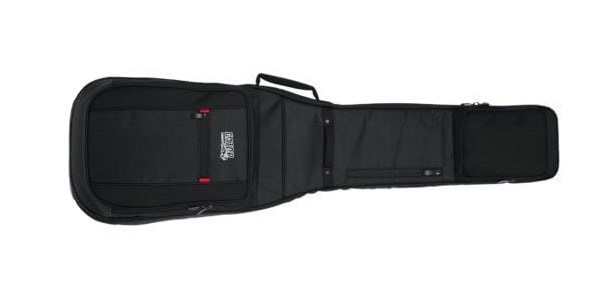
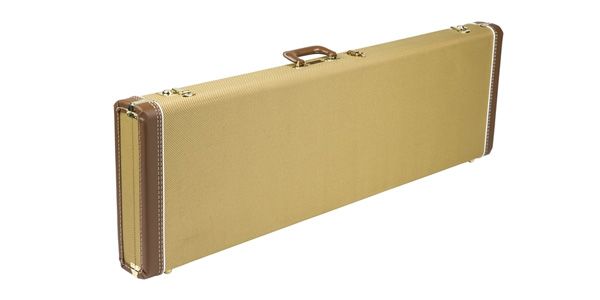
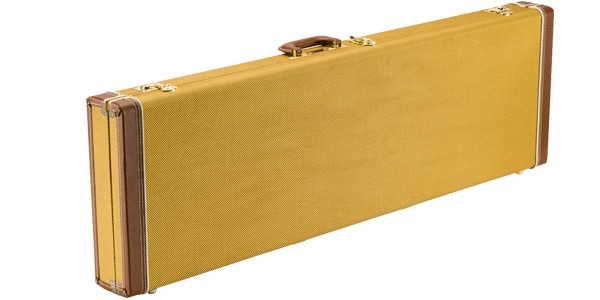
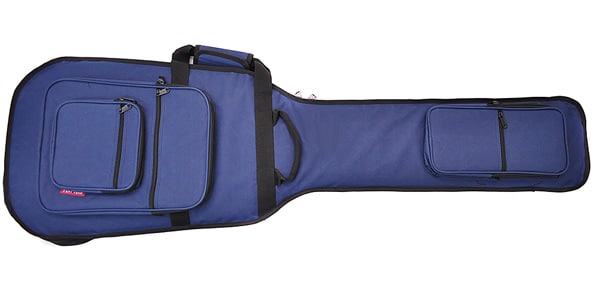
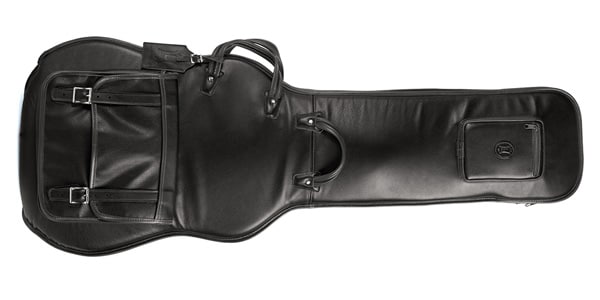

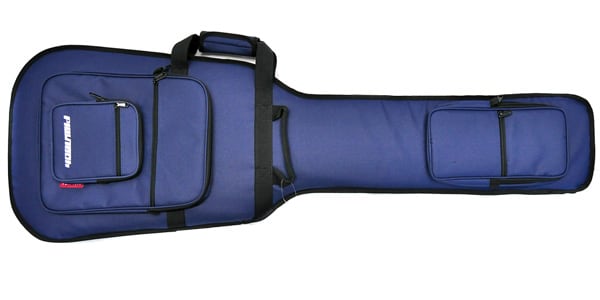

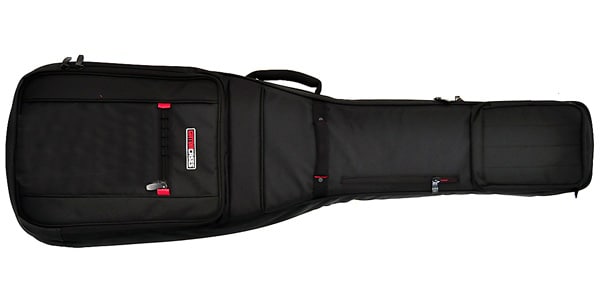





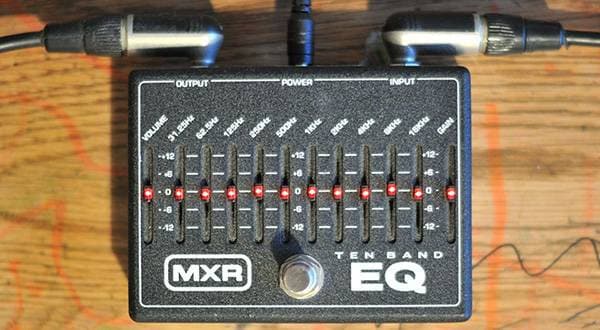
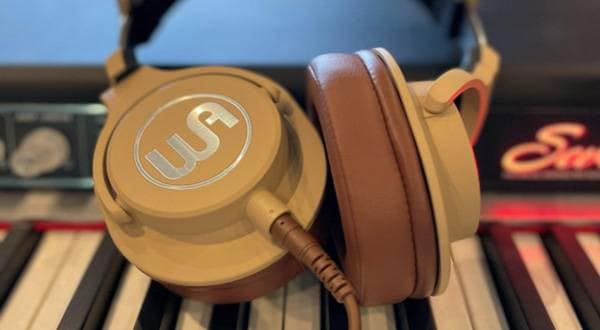

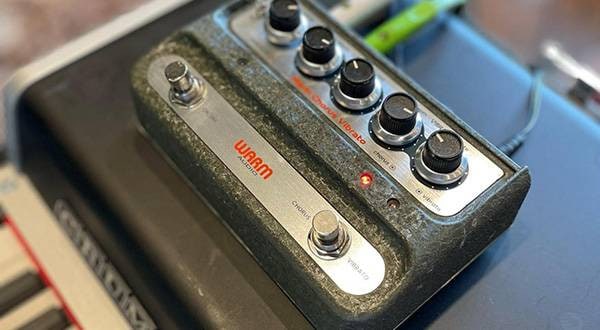
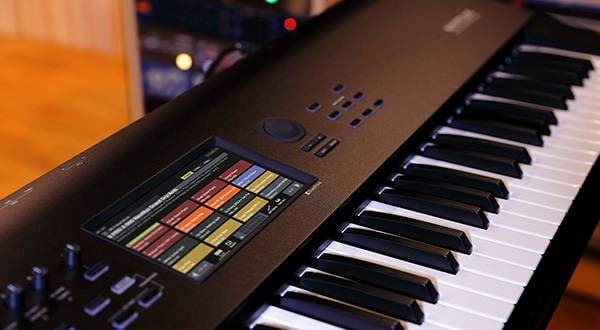
![[2024 Latest Edition] The Most Recommended and Best Rated Gig Bags for Bass at Sound House!](/contents/uploads/thumbs/2/2021/12/20211215_2_15582_1.jpg)




 ベーススタートガイド
ベーススタートガイド
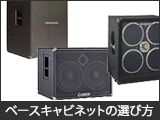 ベースキャビネットの選び方
ベースキャビネットの選び方
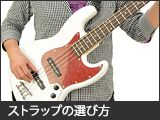 ストラップの選び方
ストラップの選び方
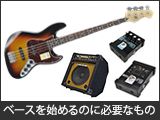 ベースを始めるのに必要なものは?
ベースを始めるのに必要なものは?
 ベース初心者講座
ベース初心者講座
